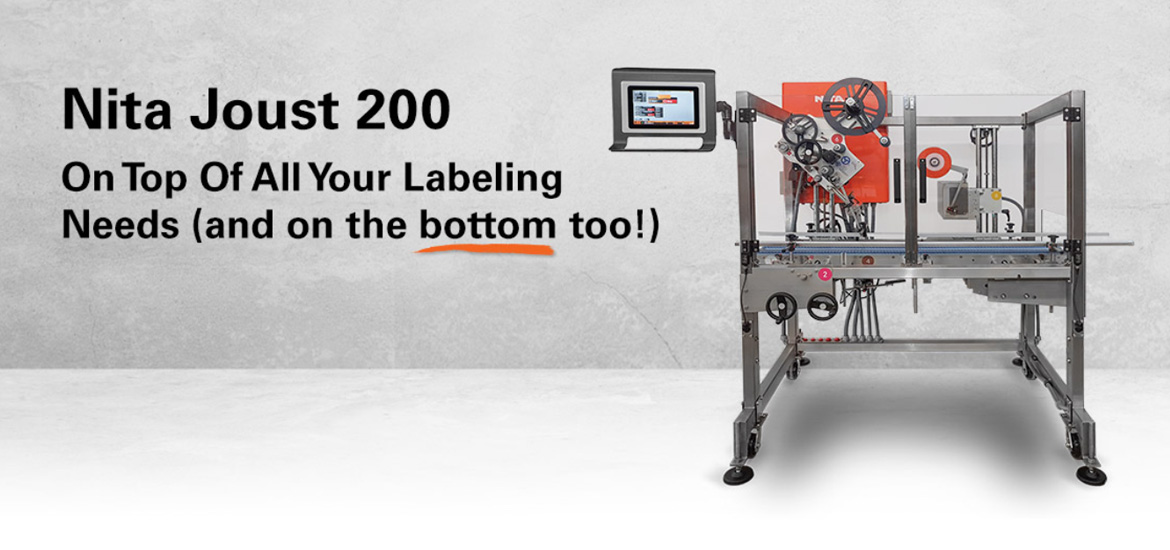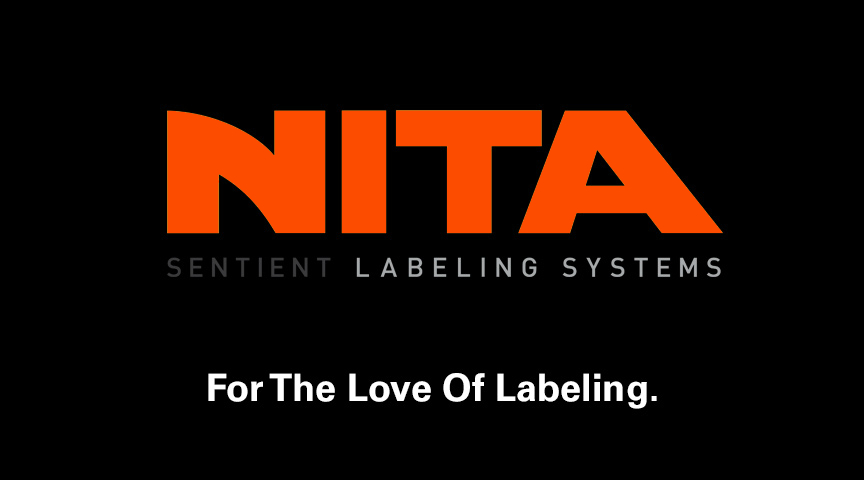The Difference Between Pressure Sensitive and Shrink-Sleeve Labeling
The Difference Between Pressure Sensitive and Shrink-Sleeve Labeling
A high-quality and efficient labeling system is key to the production of market ready products. Labels not only provide branding, but they are responsible for all sorts of compliance issues and providing information that keeps consumers safe. That makes it especially important to choose the right kind of label for your products. Ultimately, when it comes to applying labels there are two main application techniques: pressure sensitive and shrink sleeve labeling. Learn more about the differences between these two application options so that you can choose the best solution for your products.
Pressure sensitive labeling, as the name implies, uses the right amount of pressure to securely apply and adhere labels to a variety of different products and containers. This simple technique is similar to what happens when you apply a label by hand, but with an automated machine guiding the process, labels can be applied at a much more rapid speed.
Essentially, the labels are printed and equipped with an adhesive coating on the back. The label machine will position the container and accurately apply the label using moderate pressure. These machines are capable of labeling hundreds of products per hour and play an essential role in helping businesses enjoy efficient and consistent labeling practices.
Pressure sensitive labeling machines are also versatile enough to be able to handle practically any container shape. Whether you are labeling on flat surfaces, cylindrical containers such as bottles or jars, there is a pressure sensitive labeling solution that can be programmed and adapted to meet your needs.
Shrink-sleeve labeling is another popular technique that has been used for decades. It was first employed to apply tamper-evident seals on jars and bottles. Eventually, designers realized that the shrink-sleeve provides them with additional space to include branding and other important details on the label. This type of labeling is especially useful when it comes to dealing with irregularly shaped product containers.
During the labeling process, the machine will place a flexible sleeve over the container. The heat is applied in order to shrink the label and provide a tight fit around the container. The label essentially takes on the shape of the container for a sleek packaging solution.
While both types of labeling systems provide a more efficient way to label products, they also each come with distinct advantages. Here are some factors to consider when choosing the best approach.
- Are tamper-evident seals required? If you are producing pharmaceuticals or food products, you may be required to provide a tamper-evident seal to protect consumers. In this case, a shrink-sleeve is the best option.
- Do you have irregular container shapes? When it comes to basic boxes, jars, bottles, and cans, pressure-sensitive labeling is best. Shrink-sleeve labels are the way to go whenever you are dealing with irregularly shaped containers.
- Do you want a detailed label? Shrink-sleeve labels provide you with more design space and options. However, designers will have to keep in mind that the imaging will change as the label shrinks and contours to the container.
- Do your products come in lightweight containers? If you are using lighter packaging, adding a shrink-sleeve label can actually provide additional strength and improve the overall durability of the package.
- Are you working with a tight budget? When it comes to cost, pressure-sensitive labels are less expensive. In fact, shrink-sleeve labels will cost about 25% more. As you look at your budget and your sales goals, keep in mind that investing in a more eye-catching shrink-sleeve label could pay off in the form of increased sales.
The good news is that no matter what type of labeling application you choose, there are quality labeling systems out there that will meet all your budgetary and production requirements. You can choose from different semi-automated machines or high-end fully automated machines with quality control sensors built in. If you start your production with a more pared down machines, you can add functionalities as your company grows and you add new products. These machines are totally scalable and flexible so that you don’t have to continue to replace equipment as your needs change.
If you need to ramp up production in order to keep up with demand, then a labeling machine is the answer. These high speed machines are capable of improving overall efficiency and accuracy even if you are dealing with irregular packages and complex labeling requirements.


